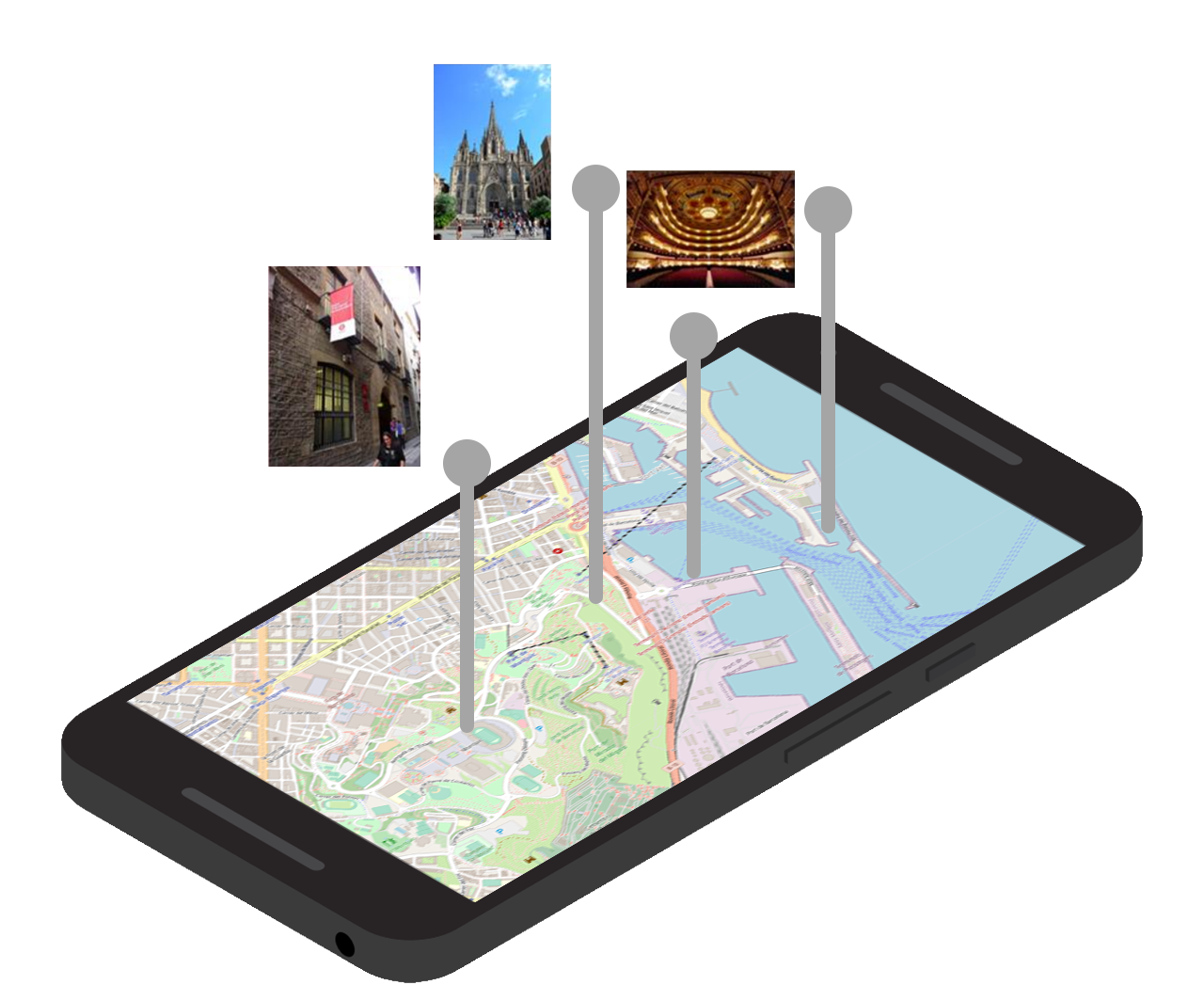Barcelona’s migrant women and the gender perspective
Barcelona’s migrant women and the gender perspective
Barcelona’s migrant women and the gender perspective
Migrant women, coordinated by a group of experts and artists, will participate in workshops and co-creation activities related to the participants’ personal histories and their connection with Barcelona’s cultural heritage. The pilot will adopt a gender perspective, with the aim of increasing visibility of the group of participants and empowering them. The pilot will be implemented in collaboration with laBonne, a cultural centre dedicated to women, located in Ciutat Vella. The activities will be carried out, all considering culture as a driver for human and social development, creating reports, policies, stories and cultural projects to inform the community, academia and government.
Migrant Women resident in Barcelona constitute an invisible community in the framework of local cultural policies.

Memex project started in 2019 and will run until 2022.